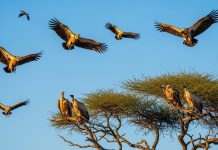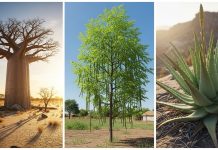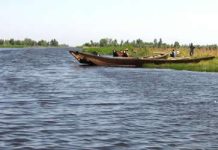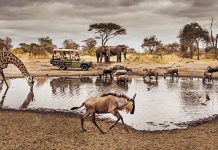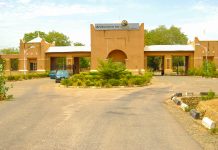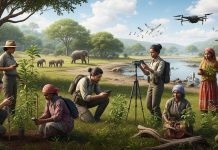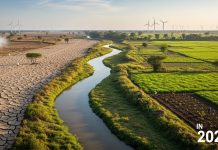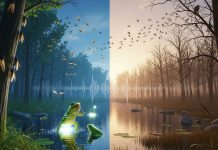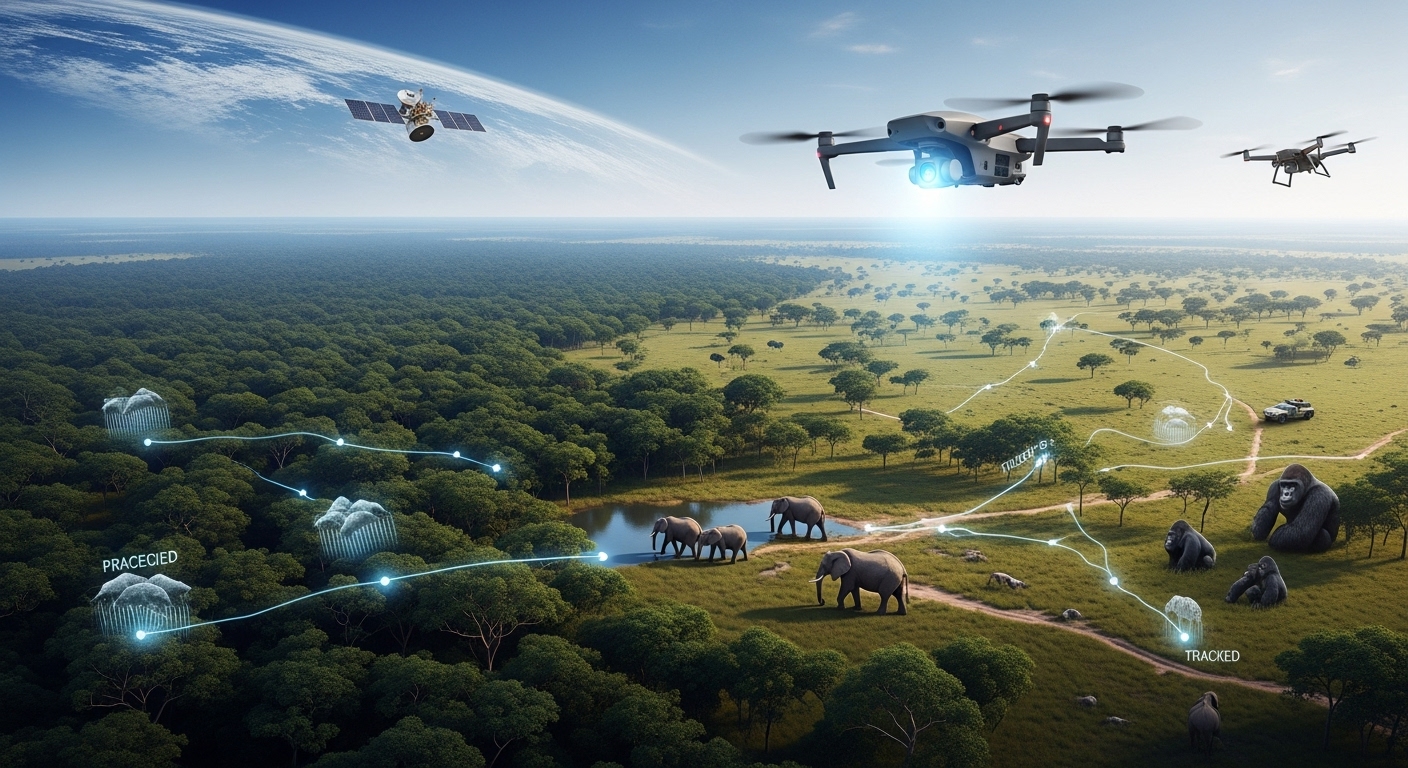When you think about wildlife conservation in Nigeria, the first image that probably comes to mind is a ranger in the forest, trekking through thick vegetation with nothing but determination and a few basic tools. For decades, that picture was accurate. Rangers were our only line of defense against poachers, loggers, and others who threatened our national parks. They are still the backbone of this fight, but something exciting is happening; technology is stepping in as their powerful new partner.
This shift in strategy was clearly laid out by Nigeria’s Minister of Environment, Alhaji Balarabe Lawal, during the 2025 World Ranger Day celebration in Abuja. His message was simple but powerful: if Nigeria wants to protect its incredible biodiversity, from elephants in Yankari to gorillas in Cross River, we must embrace innovation. He called for what he described as “transformative conservation”, built on advanced tools and smarter methods.
The Conservator-General of the National Park Service, Dr. Ibrahim Goni, is already bringing this vision to life, and the results are promising. Let’s break down what this “transformative conservation” actually looks like.
Drone Surveillance
Drone technology provides rangers with real-time aerial monitoring across vast landscapes that are impossible to cover on foot. In parks such as Kainji Lake, drones can track animal movements, identify illegal activities, and reach remote areas quickly. By providing live video feeds, drones improve the ability of rangers to respond to threats before they escalate.
SMART Technology and Cyber Trackers
The introduction of digital systems such as SMART (Spatial Monitoring and Reporting Tool) allows rangers to log patrol routes, record sightings, and document illegal activities directly on handheld devices. This replaces outdated paper records with instant, reliable data. Park managers can then analyze this information to identify poaching hotspots, allocate resources more effectively, and measure conservation progress with greater accuracy.
Satellites and Helicopters
While drones cover specific patrol areas, satellites and helicopters provide a broader perspective. Satellites can detect large-scale changes such as deforestation and land degradation, while helicopters support rapid deployment of rangers to crisis zones. Together, they ensure that conservation responses are not only faster but also better informed.
All of this sounds exciting, and it is, but the heart of the matter is that technology is not replacing our rangers. It’s making them stronger, safer, and more effective. As Dr. Goni rightly called them, rangers are the “unsung heroes of conservation.” They are the ones who risk their lives every day to protect elephants, gorillas, and countless other species. Technology simply gives them the tools to do their jobs better and survive the dangers they face.
But conservation is never a one-man show, or even a one-ministry show. During the event, Chris Galliers, President of the International Ranger Federation, made an important point: the government cannot do this alone. If Nigeria’s high-tech conservation strategy is going to succeed, it will require partnerships. NGOs, local communities, private companies, and ordinary citizens all have roles to play.
Supporting conservation organizations, advocating for stronger environmental policies, or even just spreading awareness about the importance of our biodiversity, these actions matter. Small steps, when taken by many, add up to real change.
What we are seeing now is a bold new chapter in Nigeria’s conservation story. Our rangers’ courage remains timeless, but when you blend that courage with modern technology, you create a force capable of protecting our national treasures for generations to come.


